You don’t have to go slogging through deep swamps and get bitten by a thousand mosquitoes to see alligators and waterbirds in the Everglades. In fact, you only have to go 4 miles from the main Everglades National Park entrance to see an amazing assortment of wildlife, right from the comfort of a boardwalk trail. It’s called the Anhinga Trail and it is one of the most popular trails in the national park.
The Everglades National Park in Florida is a vast (1.5 million acre) wilderness. A must-stop if you are driving down to the Florida Keys. It holds the largest continuous stand of sawgrass prairie in North America and is the largest remaining subtropical wilderness in the continental United States. Take a moment to marvel at the classic Everglades’ sawgrass marsh.
It provides habitat for alligators, muskrats, deer, turtles, apple snails, and numerous bird species (around 325), as well as many species listed as endangered in the United States including manatees, wood storks, American crocodiles, and the Florida panther. The greatest concentration of wading birds on the continent of North America is found here in the Everglades National Park. And the Anhinga Trail is one of the best places to see them.
How to Get to the Anhinga Trail
The Anhinga Trail is very accessible. With a trail length of only 0.8 miles round trip its paved walkway and boardwalks make it an easy wildlife viewing adventure for the family. The trail starts from the parking lot at the Royal Palm Visitor Center, which is only a short drive (4 miles) from Ernest Coe Visitor Center (the main park entrance).
The self-guided walk winds through sawgrass marshes which provide habitat for alligators, turtles, and numerous bird species including roseate spoonbill, great blue heron, white ibi, wood stork, black vulture, green heron, tricolored heron, great egret, common moorhen, cormorant, purple gallinule, snowy egret, and of course, the bird for which the trail was named: the anhinga.
Another trail that is well worth walking is the Gumbo Limbo Trail. It also starts at the Royal Palm Visitor Center, and the entire trail is less than half a mile round trip. This trail is also a paved path and it is also self-guided. It meanders through a shaded forest of gumbo limbo trees (Bursera simaruba), royal palms (Roystonea elata), air plants, and ferns.
Why the Anhinga Trail?
There are many reasons why you should stop at the Anhinga Trail during your visit to the Everglades.
- The wildlife is habituated to people, so you can get close and still see natural behaviors.
- Rare opportunity to view nesting waterbirds, such as cormorants and anhingas, at eye level and at close range.
- See a wide range of bird behaviors including nest building, courtship, raising chicks, hunting for fish, and swimming underwater.
- Safely watch alligators from a close distance including tiny babies. We found the observation deck to be the best place for this.
- Easy access. Paved trails, well-maintained boardwalks, with toilet facilities and wheelchair accessibility.
- Great photographic opportunities with no fences.
When to Visit the Anhinga Trail
The winter season, when migrating birds arrive, is the best time to visit the Anhinga Trail. Wading birds typically nest during Florida’s winter-to-spring dry season. Also, winter months in Florida mean no scorching heat and no bugs! We normally avoid the summer months in Florida for these reasons.
The time of the day can also be crucial if you are into great wildlife photography. Avoid the heat of the day and arrive just after sunrise or late afternoon and you’ll be rewarded with softer light and more pleasant colors. Don’t forget to pack some warm clothes if you visit in the winter at dawn or dusk.
What to Take to the Anhinga Trail?
Even though the Anhinga Trail is a short and easy walk, you can definitely spend a few hours on the main path so prepare accordingly. We recommend taking these:
- Freshwater
- Bug spray
- Binoculars
- Camera
- Sunglasses
- Sun lotion (that south Florida sun!)
Bicycles are NOT allowed
Photo Gallery from the Anhinga Trail
Though there are many great locations in the Everglades to see and photograph birds and alligators, we always come back to the Anhinga Trail for its ease of access and superb sightings. You’ll be amazed at how many hours you can spend on such a short trail because there’s just so much to see. Don’t forget that even animals here are very tolerant they are still wild animals and should be respected.
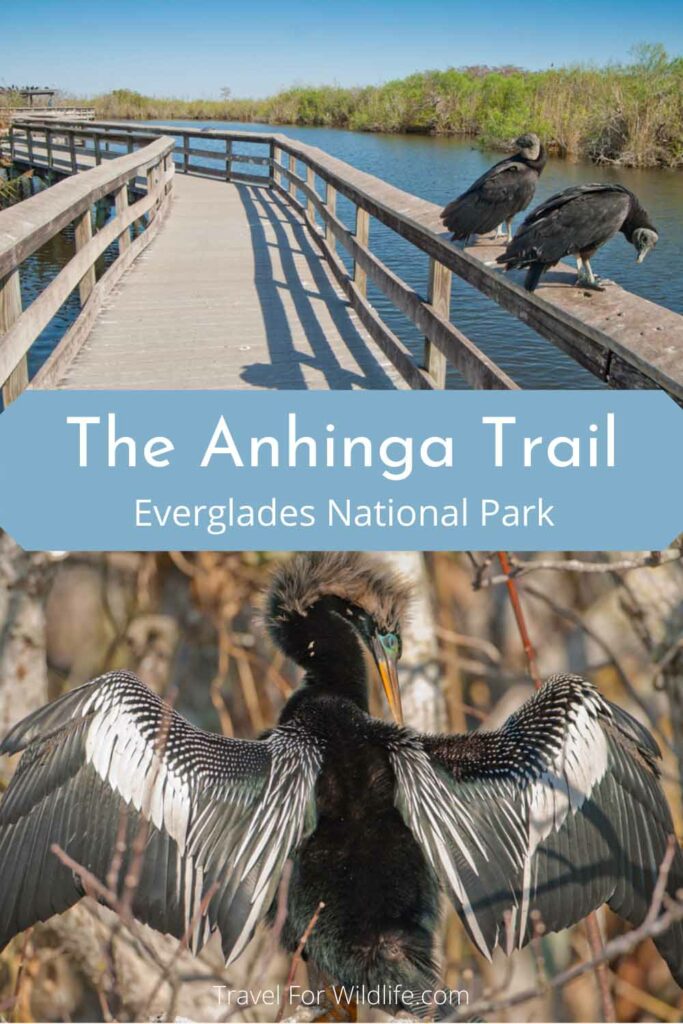

Cristina Garcia
Zoologist and wildlife photographer. She has worked in the field with jackals, wolves, cheetahs, & leopards. She serves on the Board of Directors of SEE Turtles, a non-profit sea turtle conservation organization.
Read her posts at Travel For Wildlife and see more of her work at Truly Wild, & Our Wild Yard.

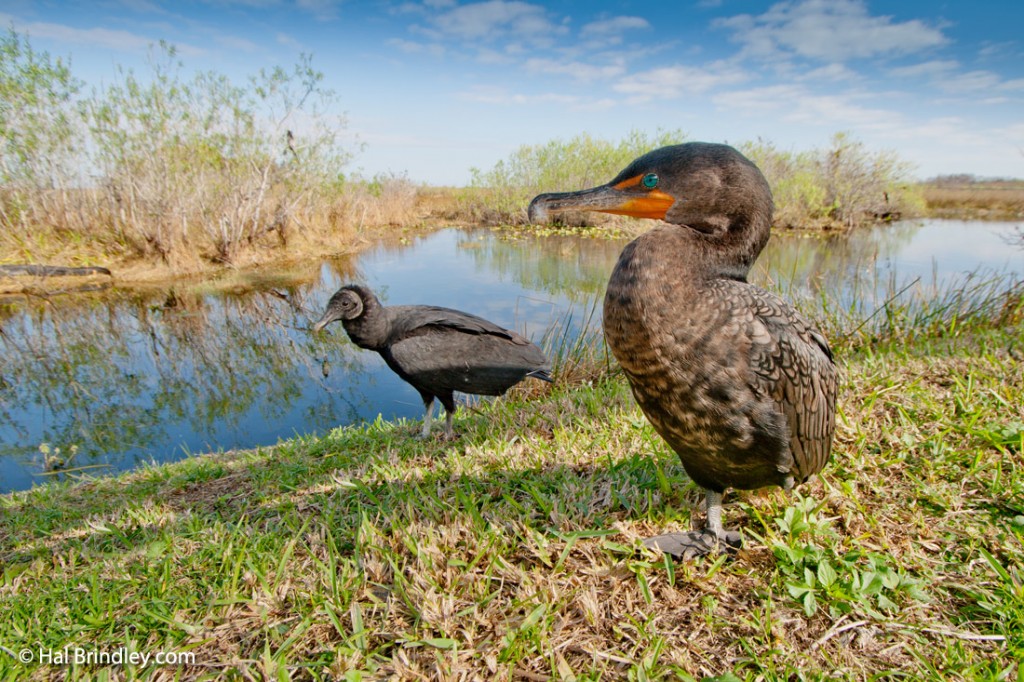
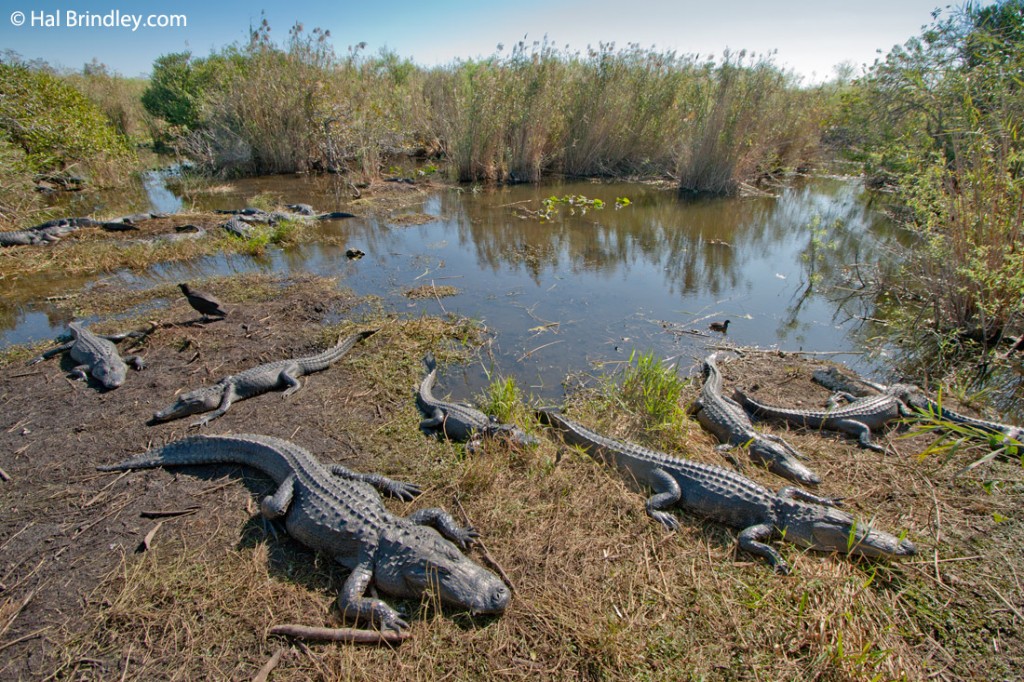
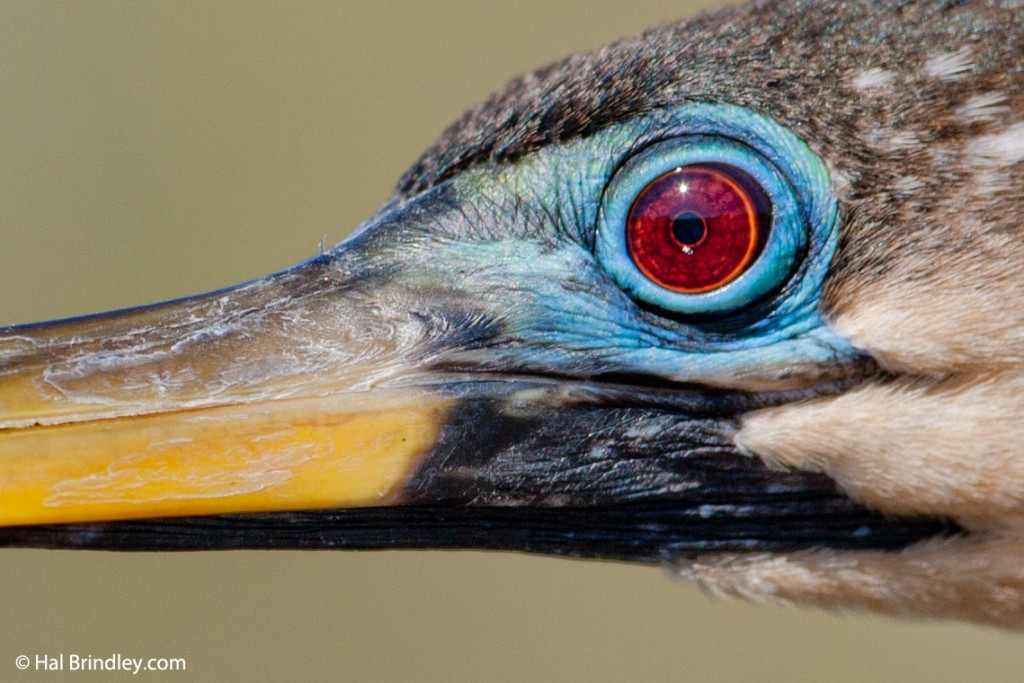
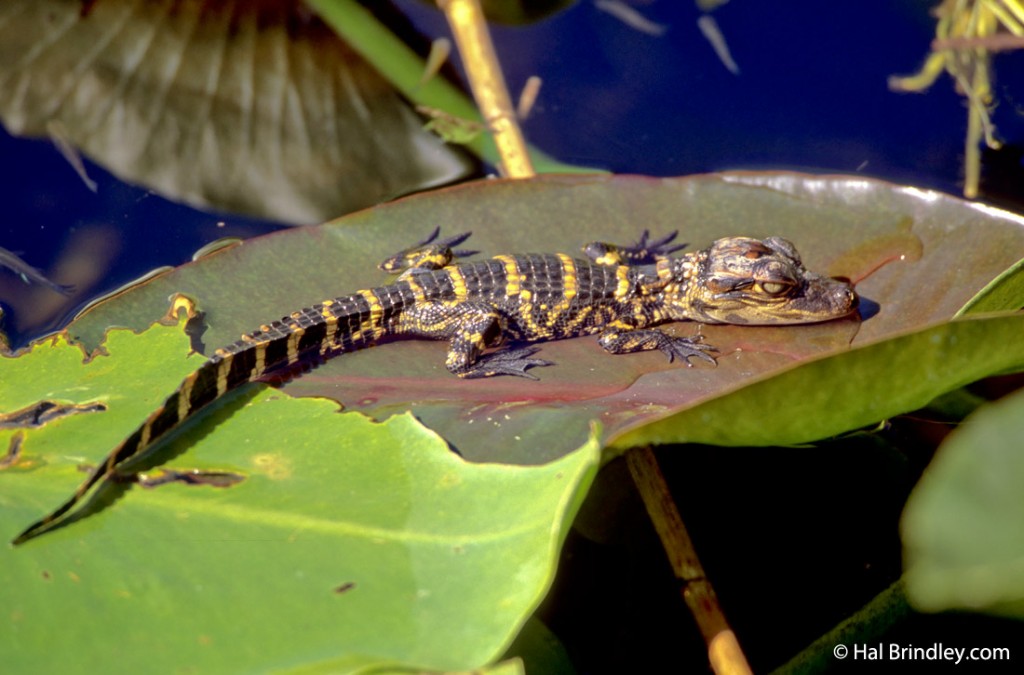
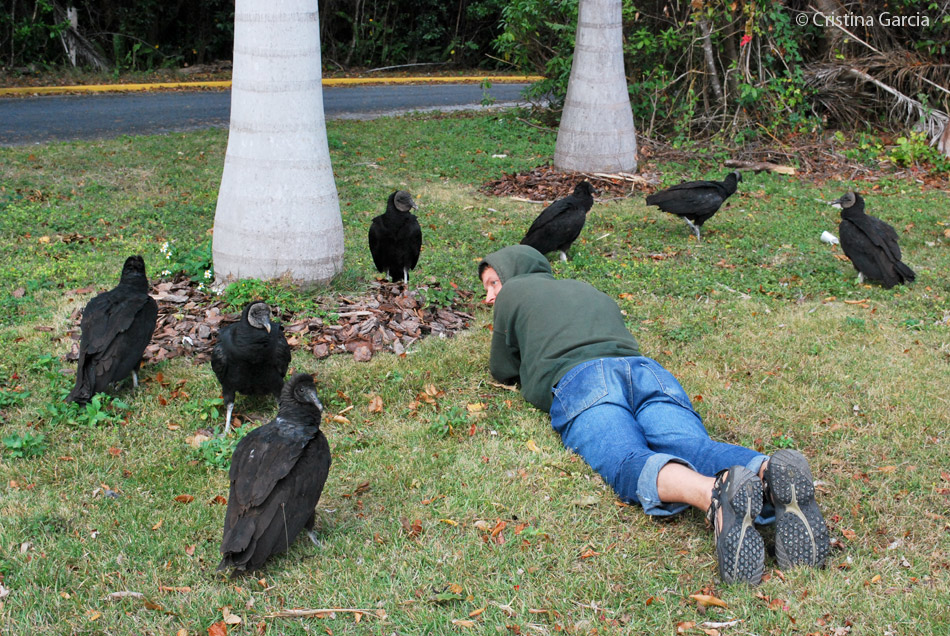
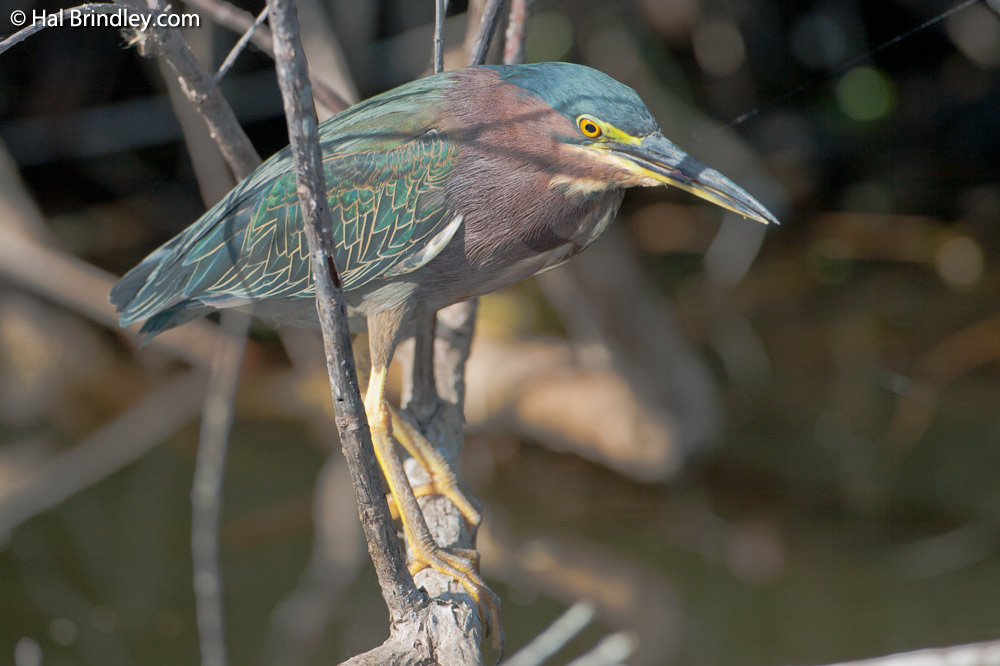
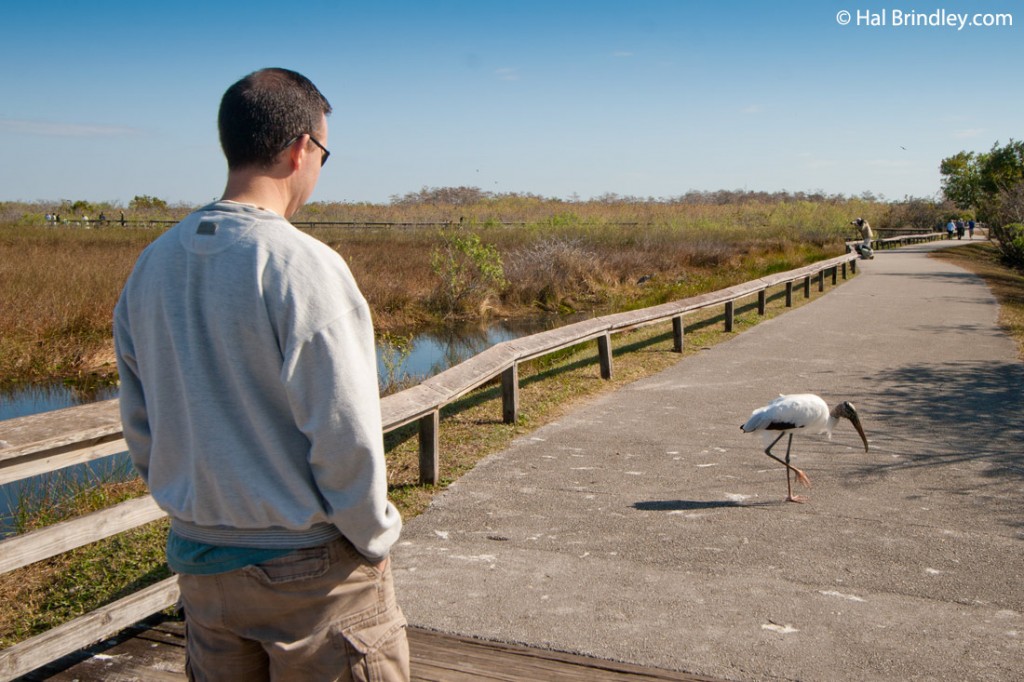
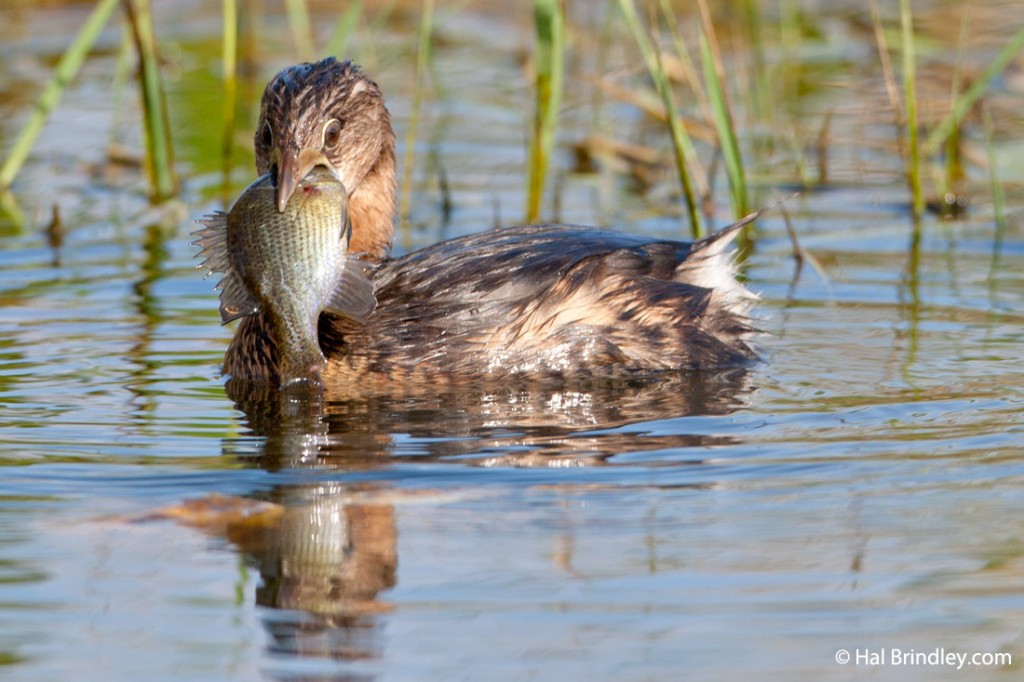
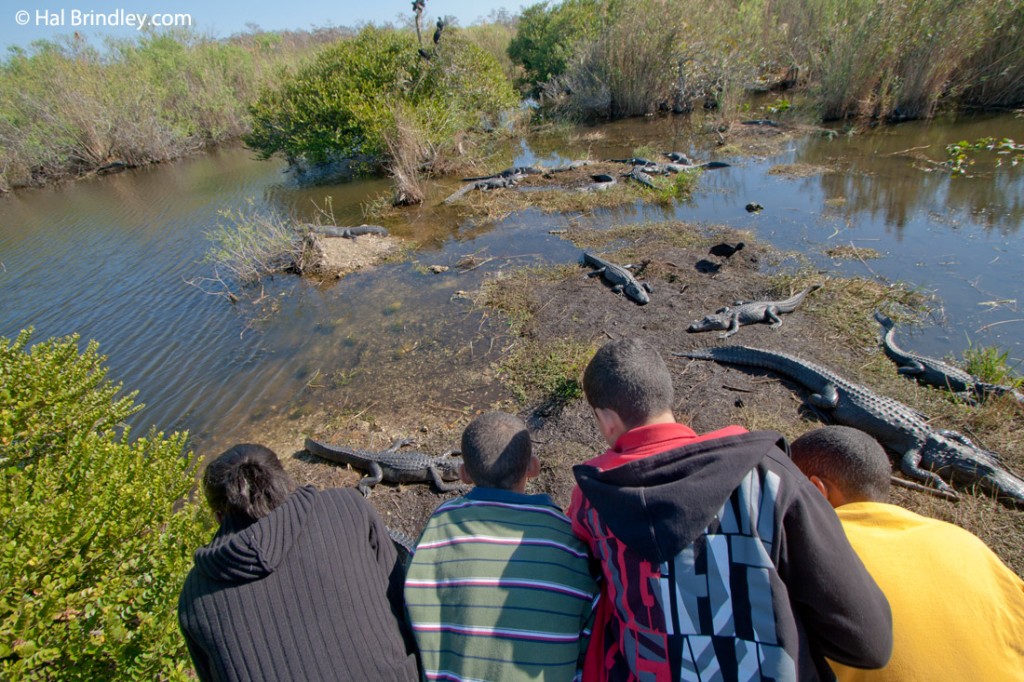
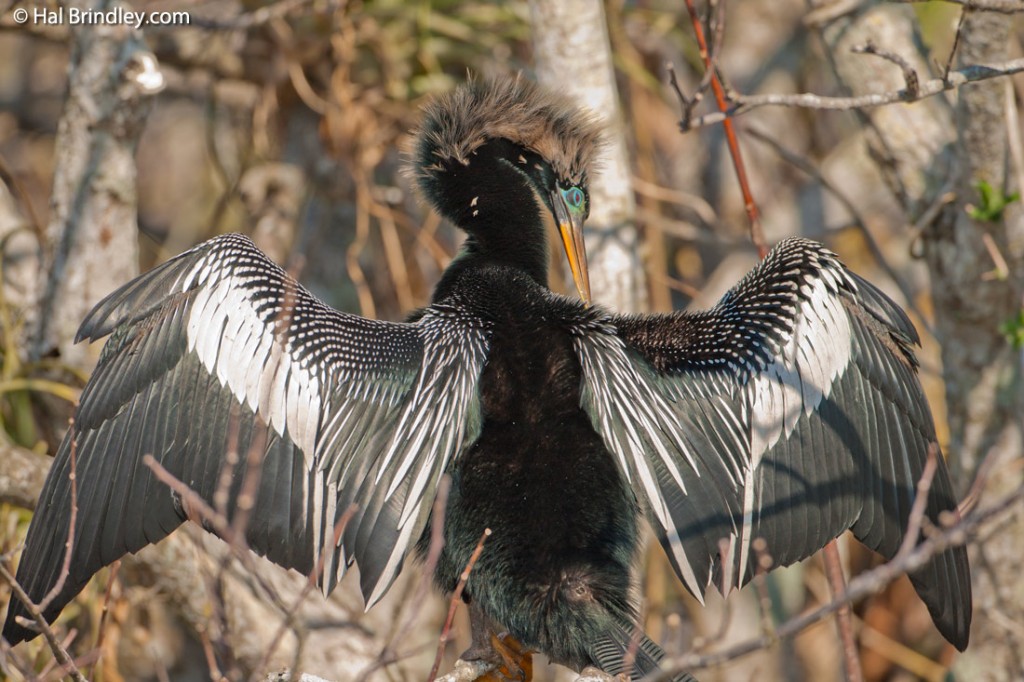
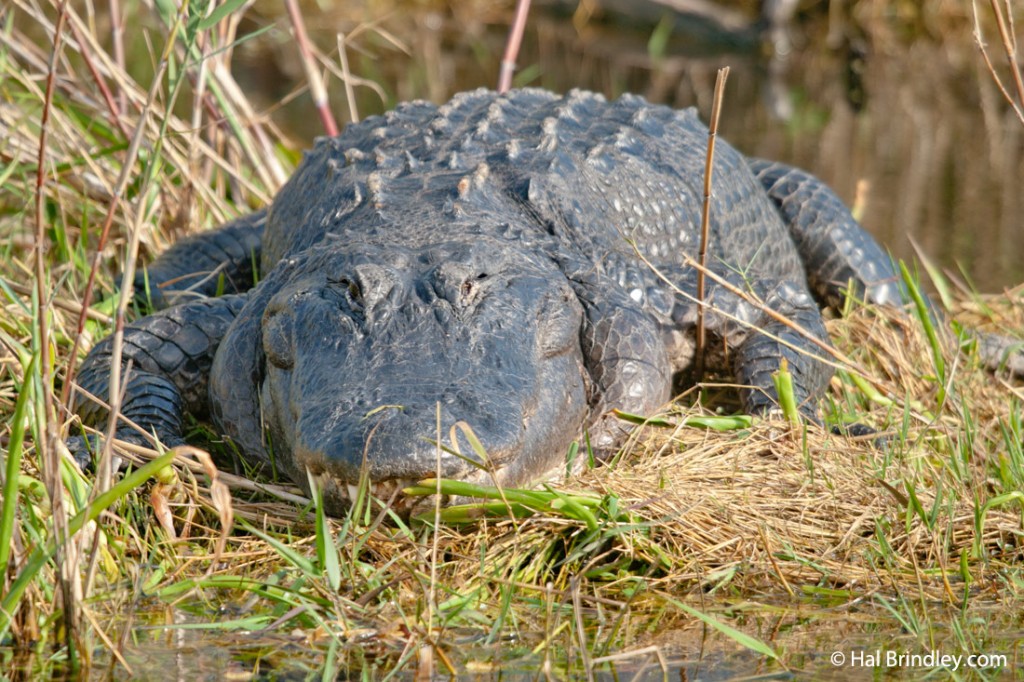
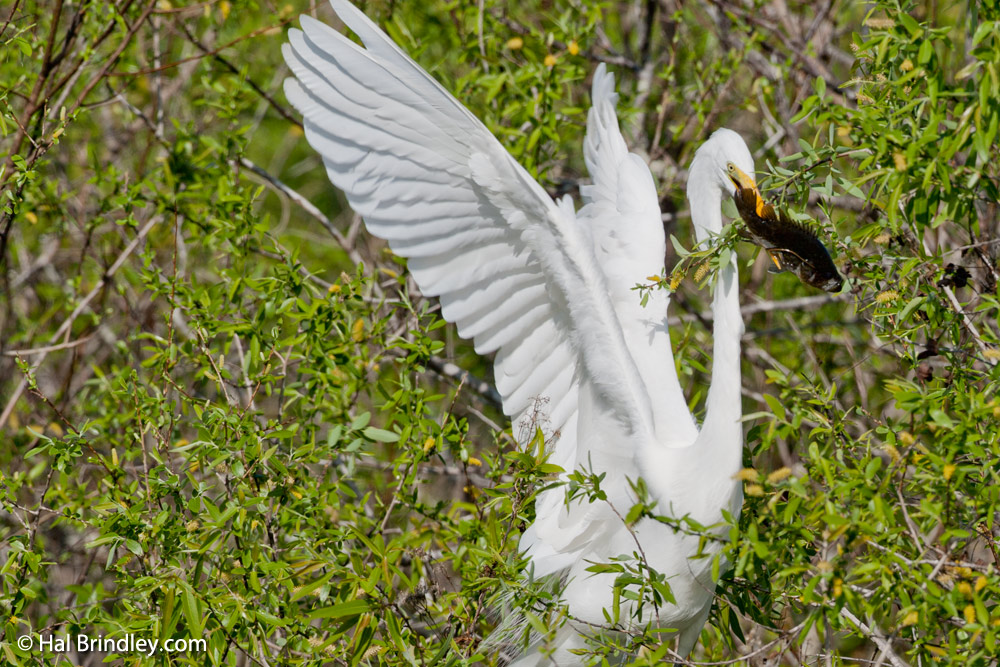
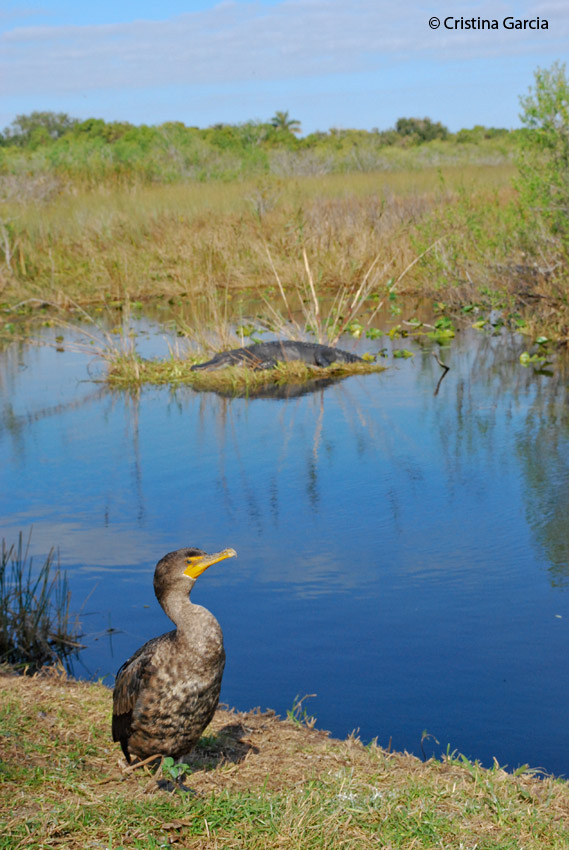
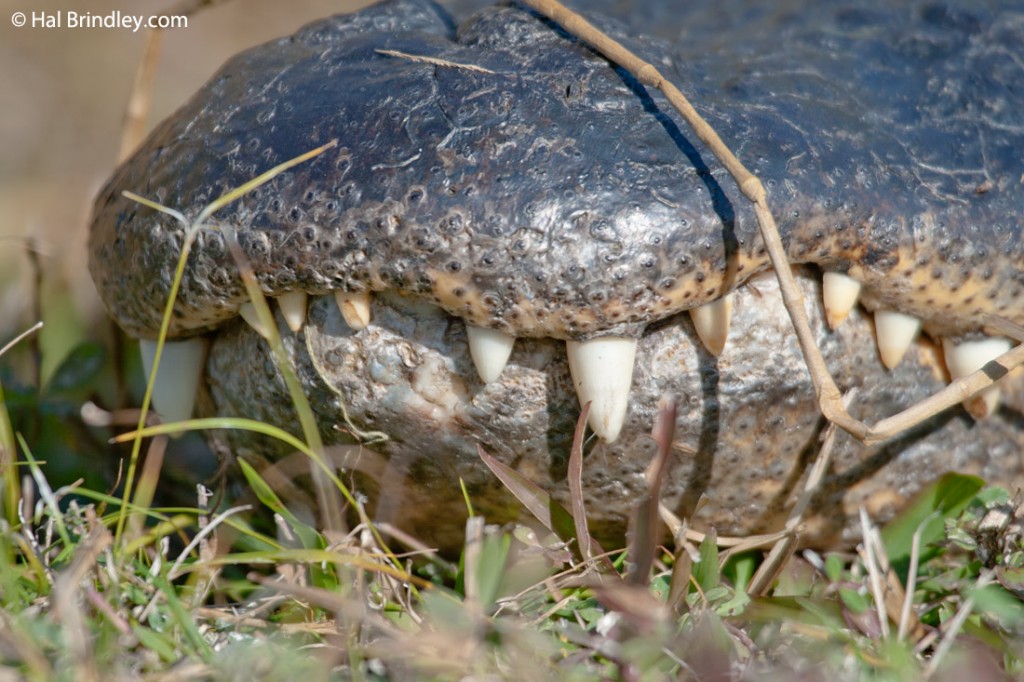
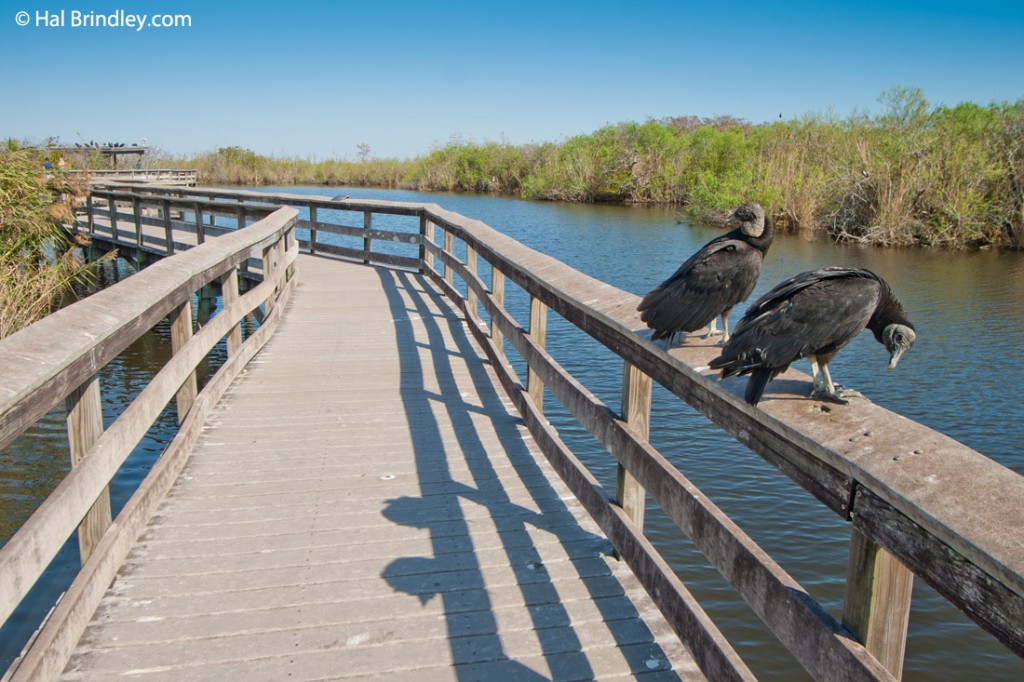
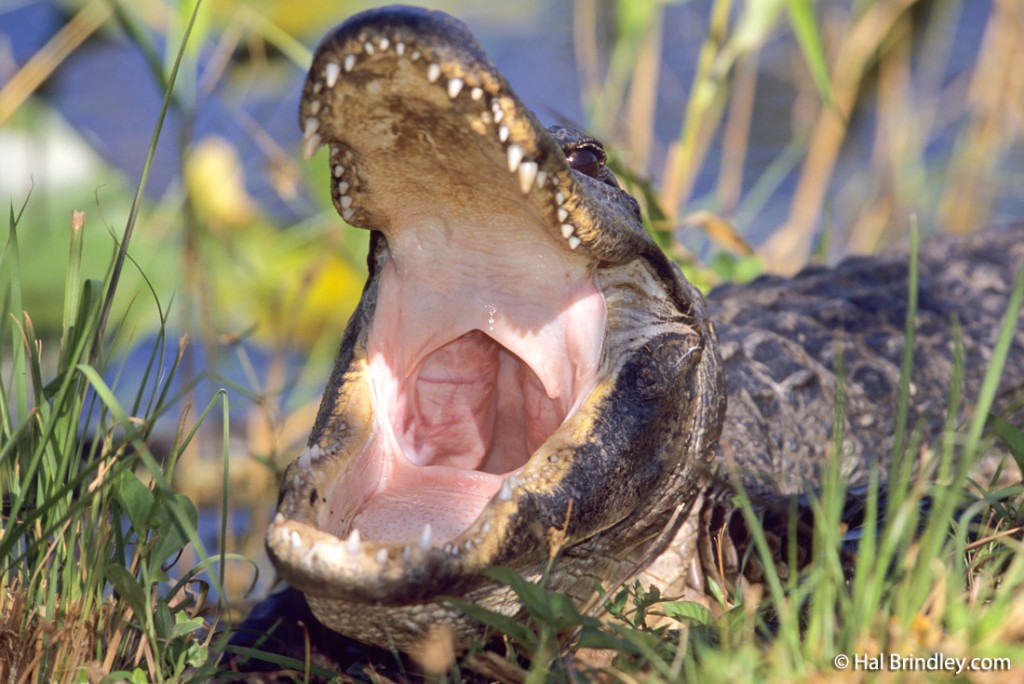
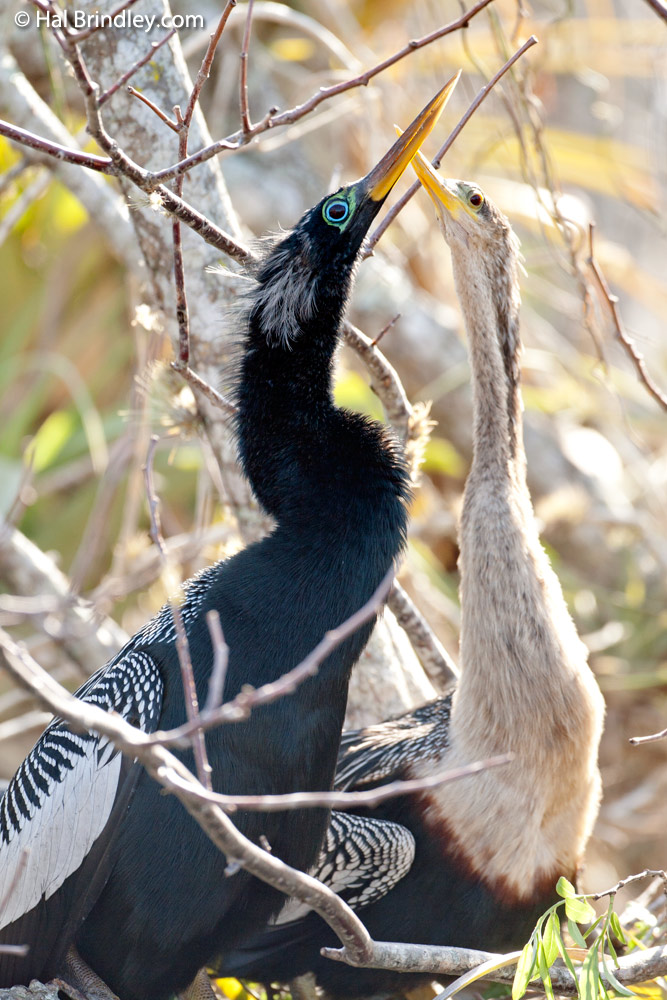
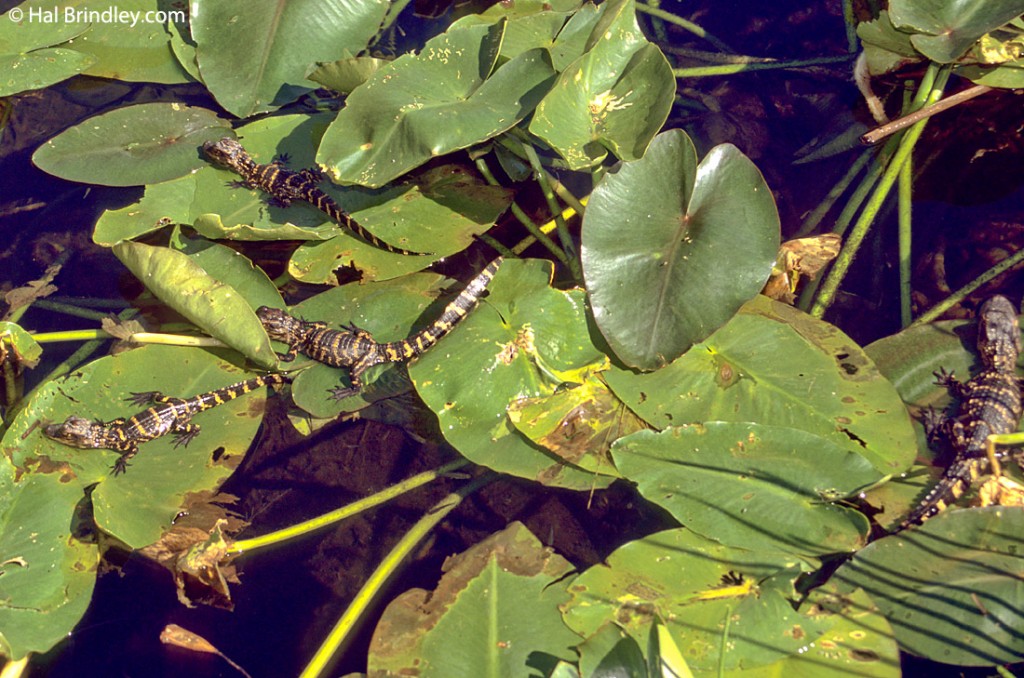

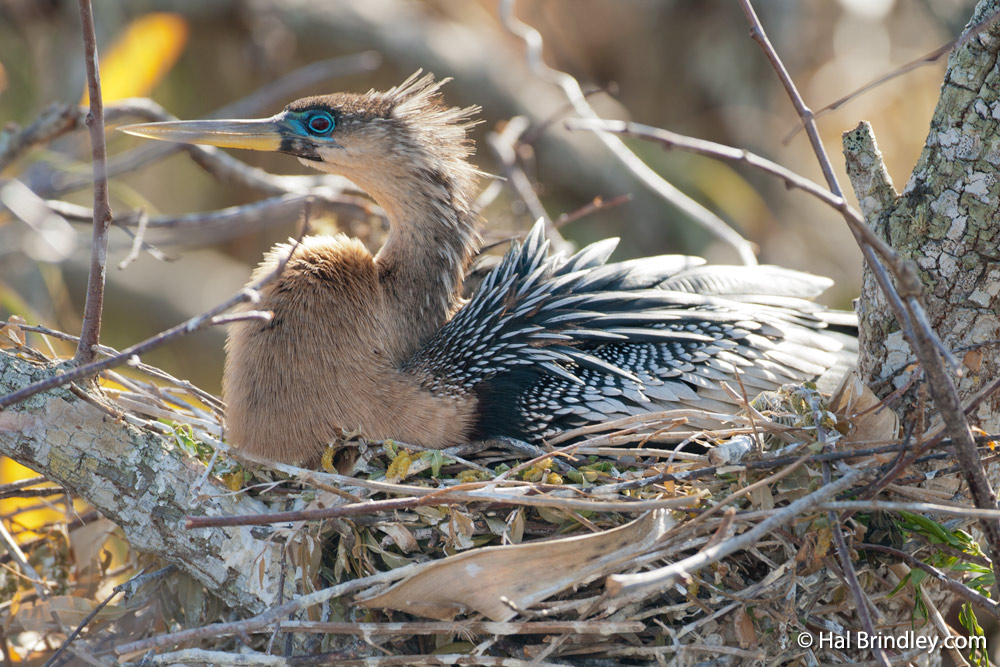
Kyle
Monday 25th of April 2016
Amazing shots and blog! I initially noticed you two "bird vs. fish" shots. So could the birds really consume both of those fish okay really?? The grebe's looks so big for itself and the other fish looks huge/spiky ahhh! ;)
I have never witnessed such events before. Do the fish typically put up a good fight, if eaten, do both unlucky preys get swallowed wriggling/alive as well?!
-Kyle
cristina garcia
Thursday 28th of April 2016
Thanks Kyle! Well...some are swallowed when still alive. It all depends on the species. Some birds wack the fish until they kill it, some don't. :)